Apple computers are machines that are designed primarily for work. This is precisely why many users prefer them to classic computers with the Windows operating system. Currently, in addition to that, you can find most applications also in the version for macOS, so there is no problem with applications in this case either. Whether you own an older Mac or MacBook, or if your Apple computer seems to have slowed down, this article will come in handy. In it, we will look at 5 tips that will help you speed up your Mac or MacBook. Let's get straight to the point.
It could be interest you
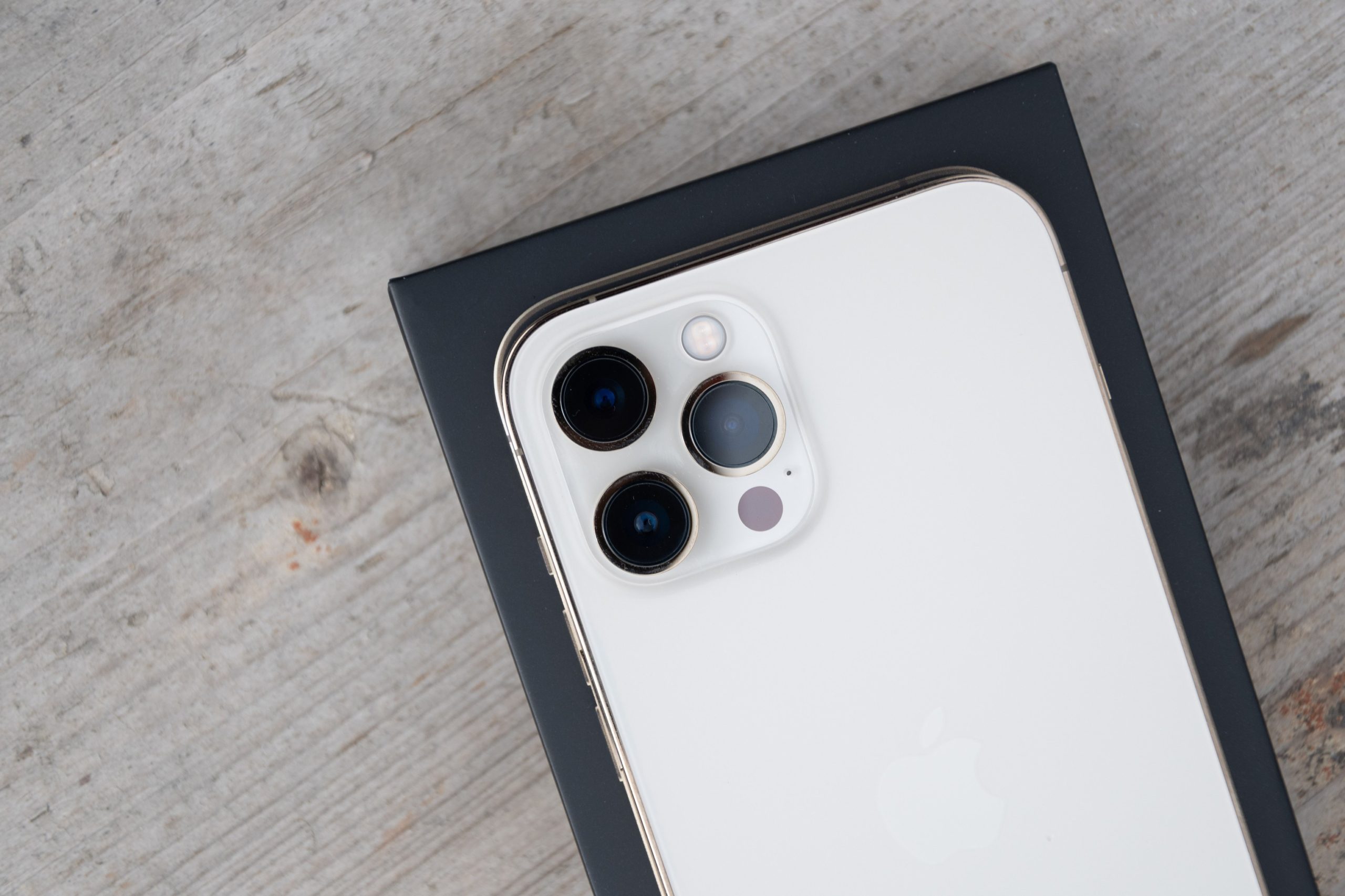
Launch applications after startup
If you are one of those people who, after starting up their Mac or MacBook, still go to make coffee and eat breakfast, then this tip is exactly for you. When you start macOS, there are countless different processes going on in the background that need to be completed as quickly as possible. However, if you have set certain applications to start automatically after the device starts, then immediately after the start of the Mac you will really burden it. In some cases, he doesn't know what to do first, so he slows down significantly. Immediately after startup, you should run only the unavoidable applications that you really need. To choose which apps appear on startup, go to Preferences System -> Users and Groups, where on the left click on your profile. Then click the tab at the top Login and by using + and – buttons si applications launched after startup add or remove.
Customize your desktop
Do you have countless different files, shortcuts and other data on your desktop? If you are one of those users who have dozens of different icons on their desktop, then get smarter. macOS is capable of previewing most of these icons. For example, if you have a PDF file, you can view a preview of the file itself directly from the icon. Of course, the creation of this preview needs some processing power, and if the Mac has to create a preview of several tens or hundreds of files at once, then this will certainly affect the speed. In this case, I recommend that you organize your desktop, or create individual folders. So you can still use the Sets that were added in macOS 10.14 Mojave - thanks to them, files are divided into individual categories. Click to use the sets right click on the desktop and select an option Use sets.
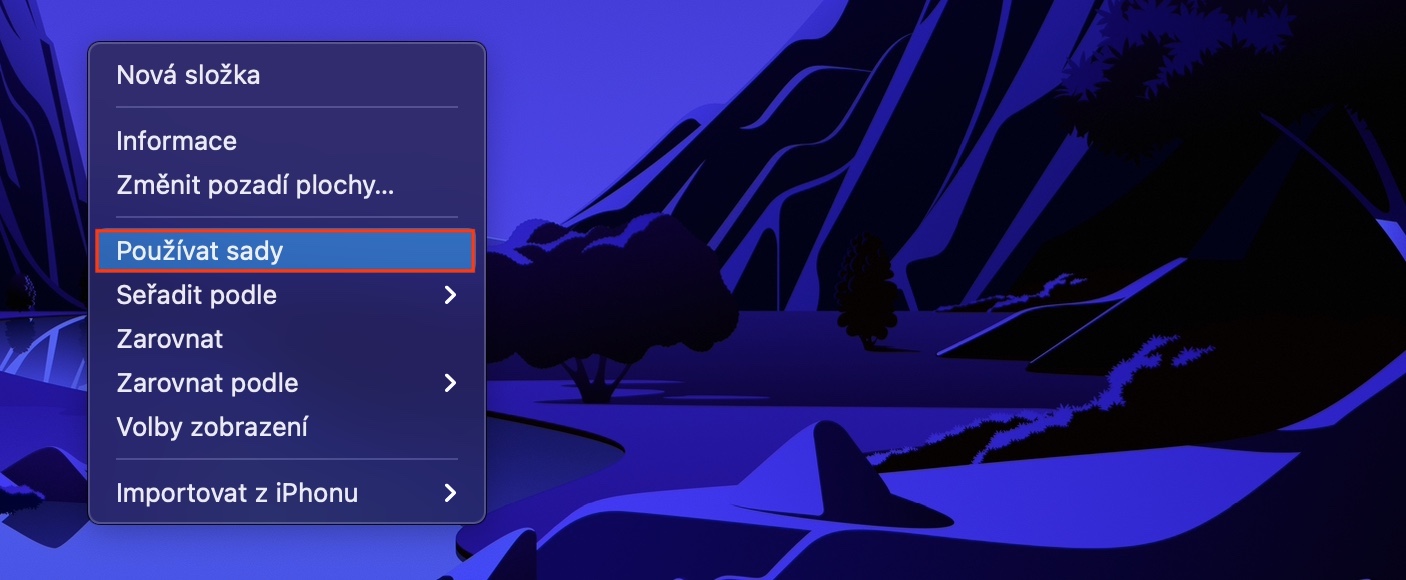
Watch Activity Monitor
From time to time, there may be an application within macOS that stops responding and loops in some way. This is exactly why your Mac can slow down significantly as the processor works to "unravel" a particular task that is simply stuck. You can easily track your performance usage in the Activity Monitor app. Here you can find in Applications -> Utilities, or you can run it from Spotlight. Once launched, click on the tab at the top CPU, and then sort all the processes by CPU%. Then you can see what percentage of processor power is used by individual processes. Alternatively, you can end them by tapping on cross top left.
Correct removal of applications
If you decide to uninstall applications within Windows, you must go to the settings, and then uninstall the applications within a special interface. A lot of macOS users think that uninstalling is much easier in this system and that you just need to move a certain application to the trash. Although you can delete the application in this way, the files that the application gradually created and stored somewhere in the system will not be deleted. Fortunately, there are apps that can help you properly uninstall unused apps. One of these applications is AppCleaner, which is available absolutely free. You can learn more about AppCleaner in the article I am attaching below.
It could be interest you
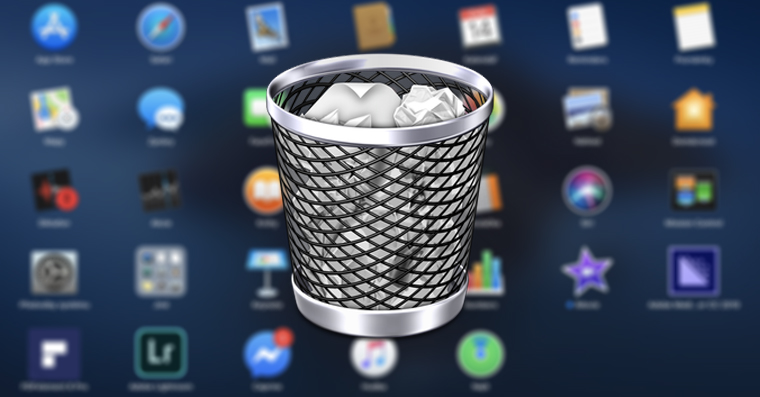
Limitation of visual effects
In macOS, there are countless different beautification effects that make the system look absolutely amazing. However, even these visual effects need some power to render. Older MacBook Airs have the biggest problems with this rendering, however, they can also give the newer ones a run for their money. Fortunately, you can disable all of these effects within macOS. Just go to System Preferences -> Accessibility, where on the left click on the section Monitor. Then click on again in the top menu Monitor a activate function Limit movement a Reduce transparency. This will disable the beautification effects and make the Mac feel faster.

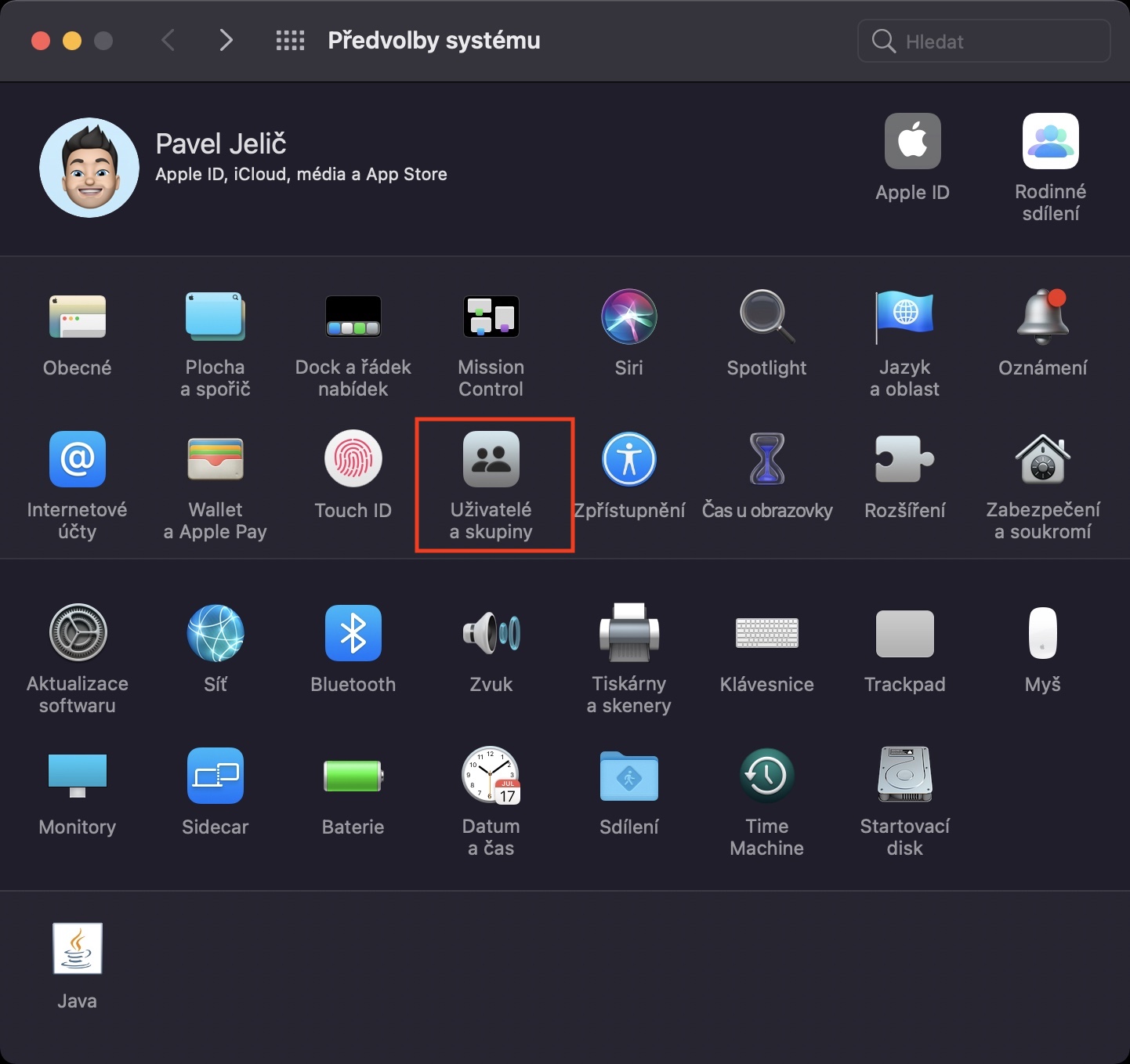


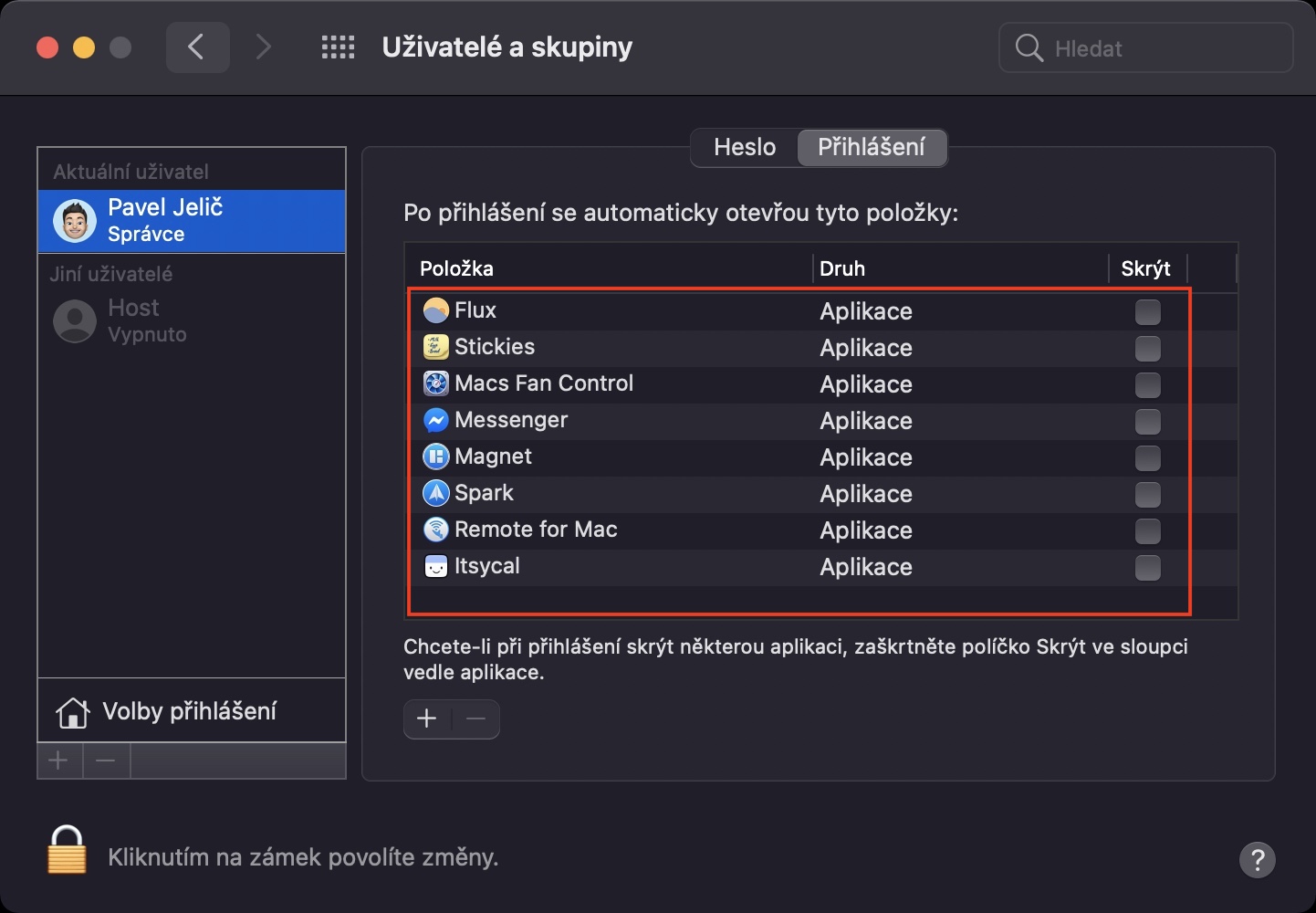




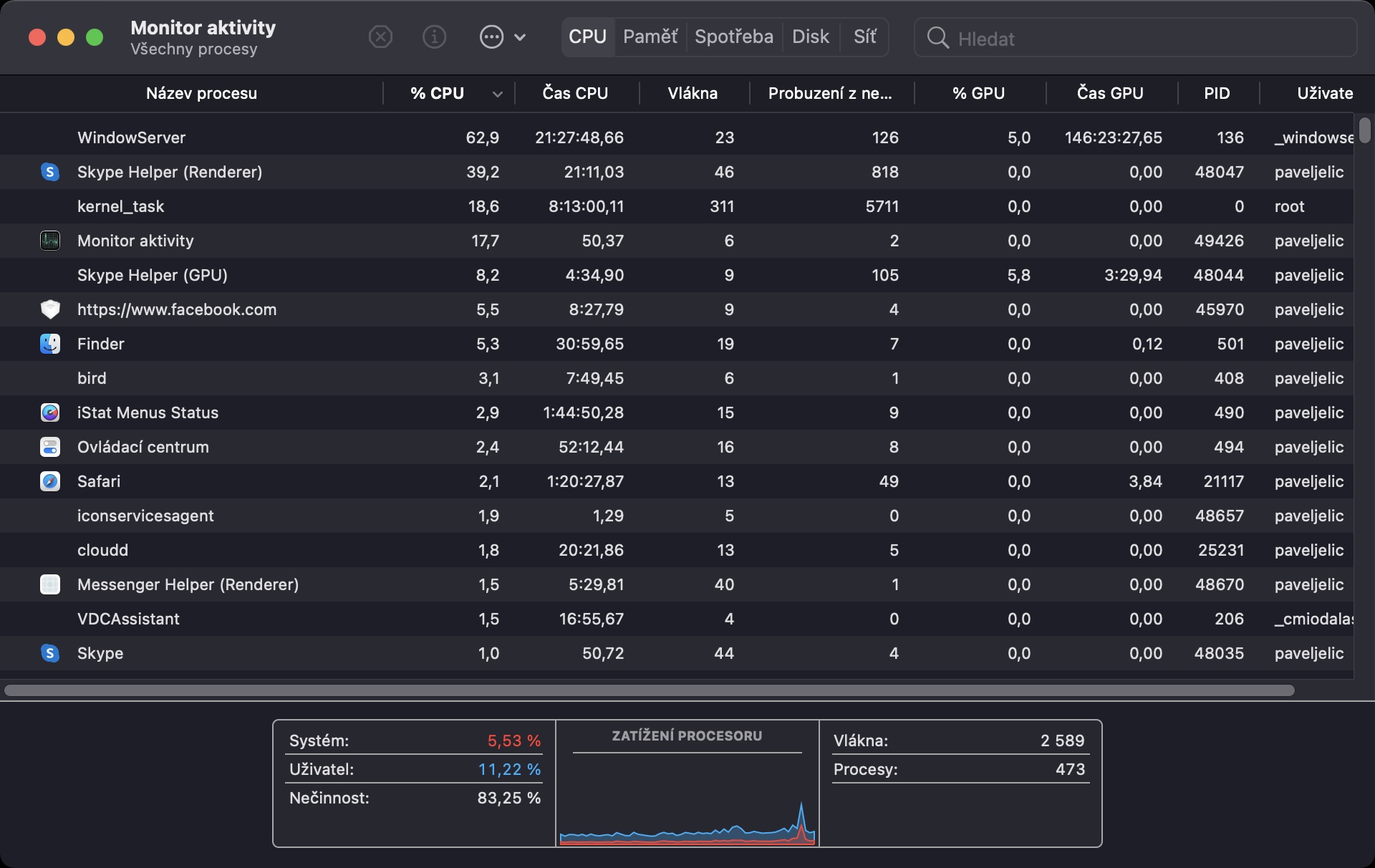
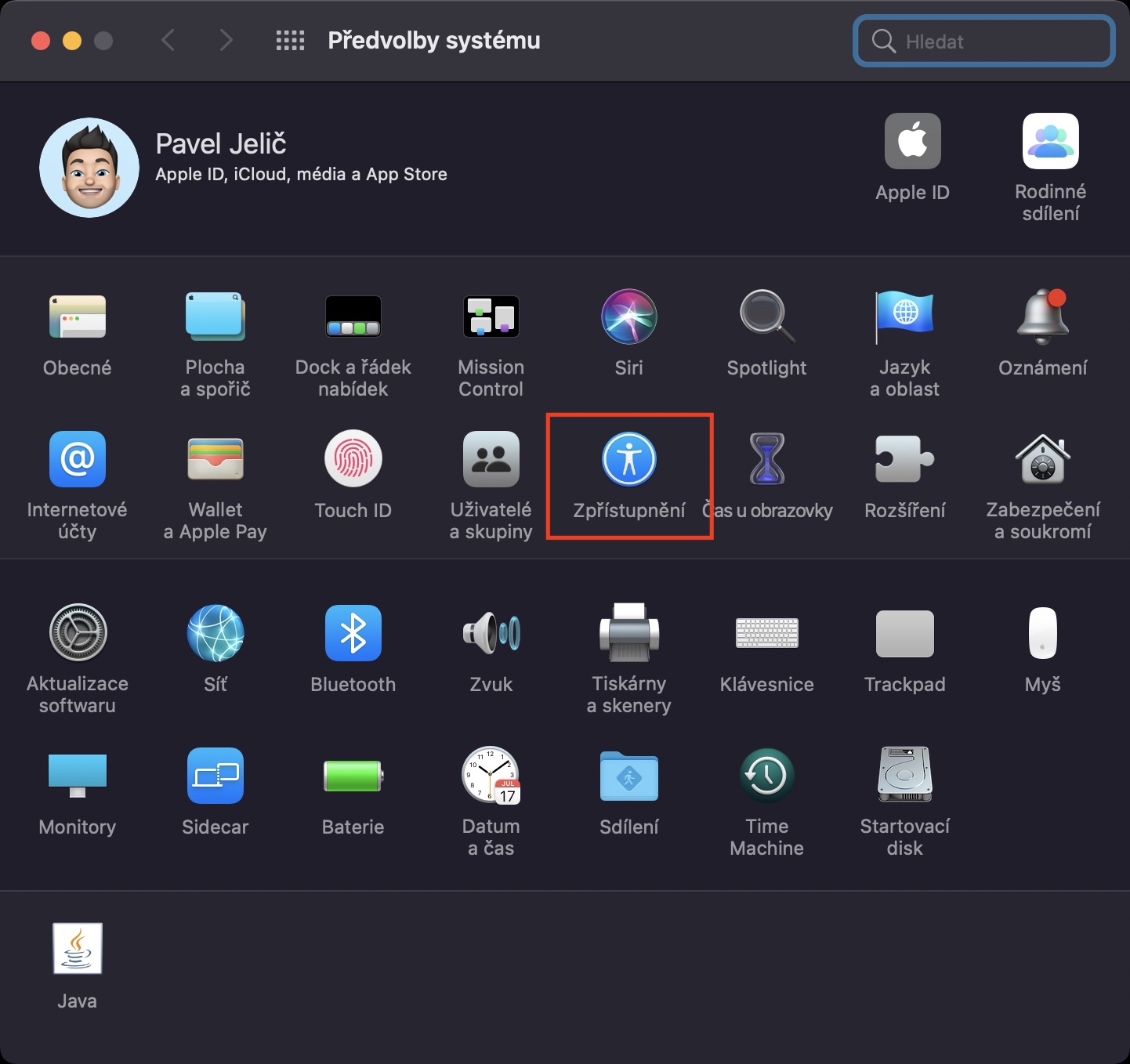
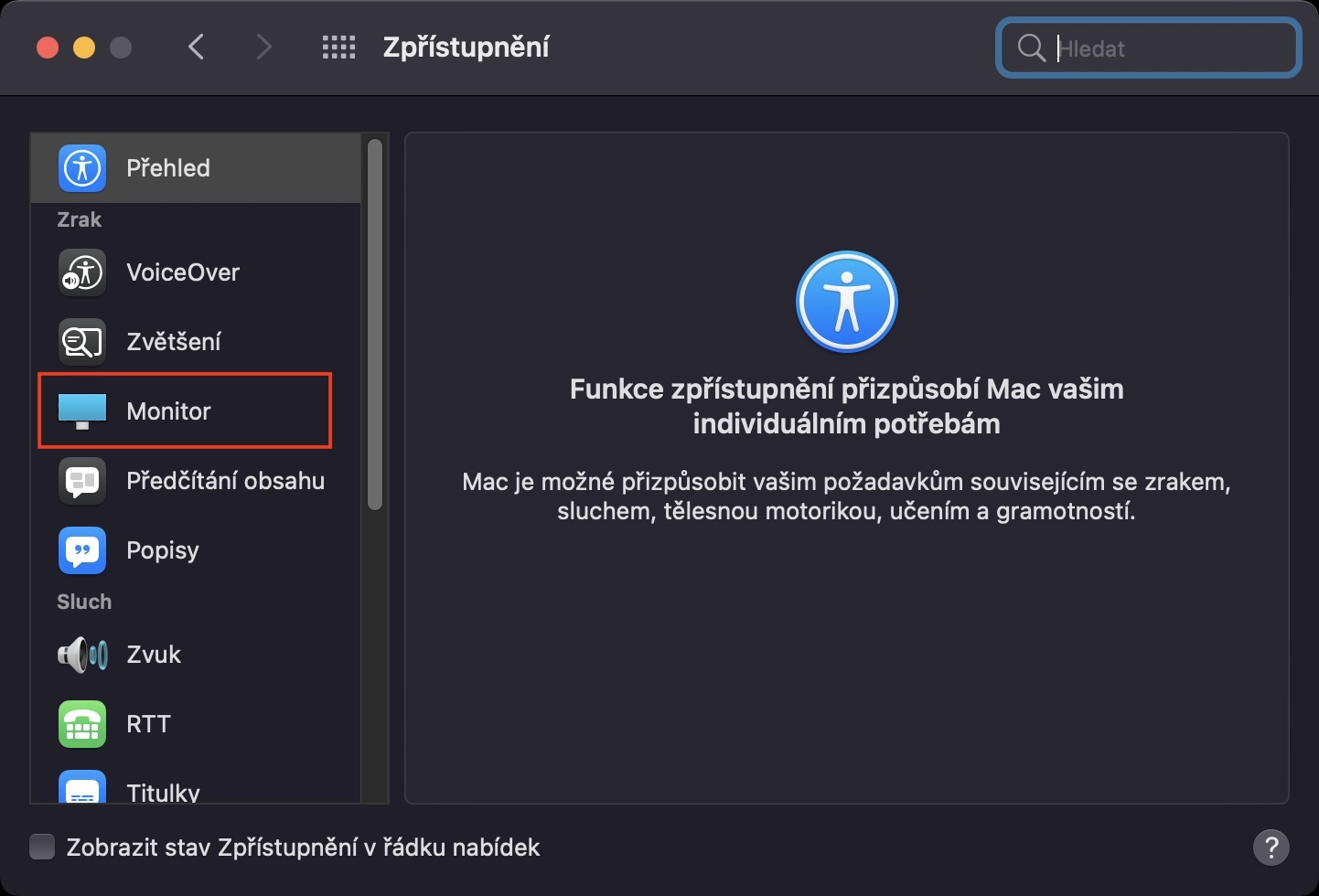
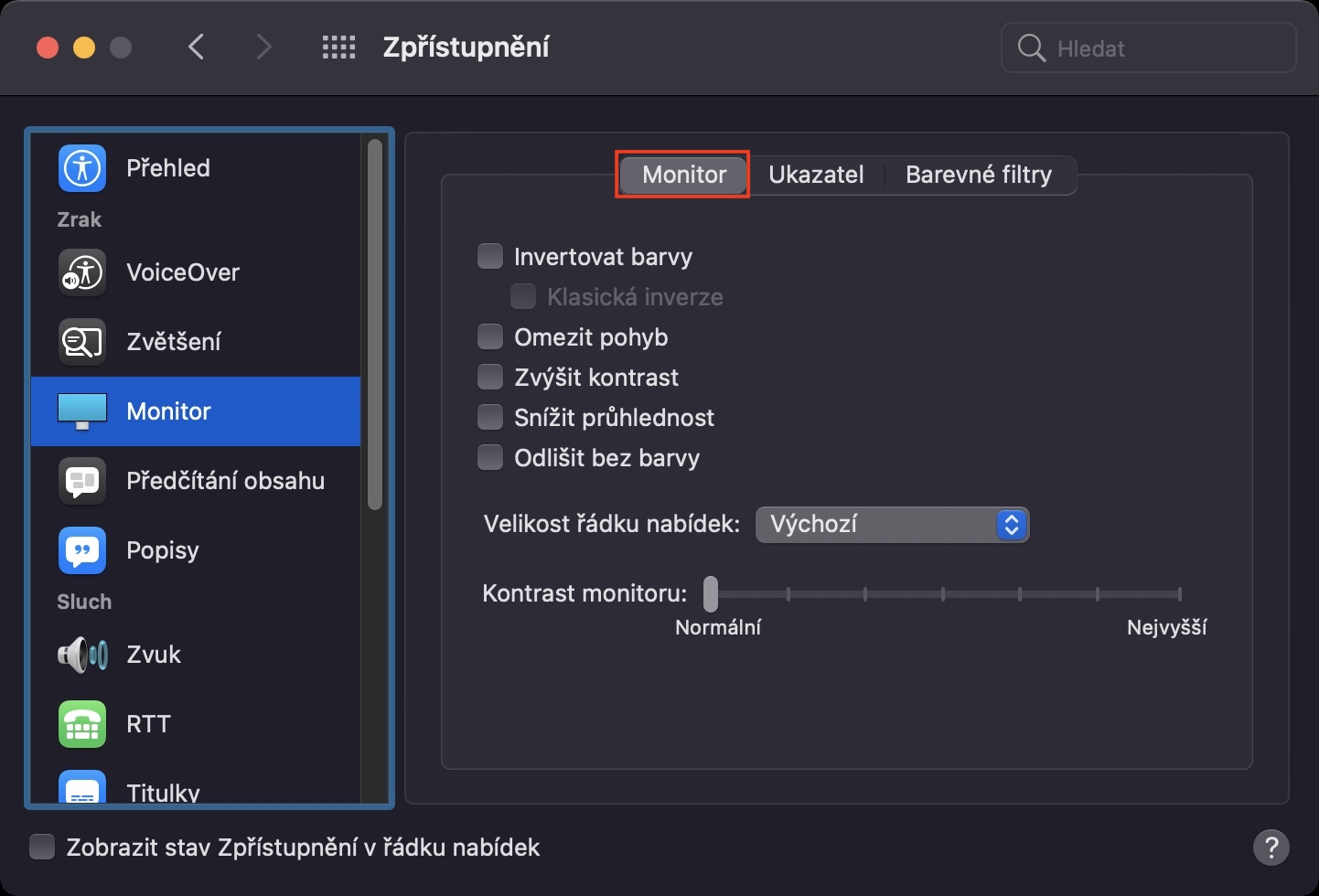


I don't know, but shouldn't you use Czech rather than a mix of Czech and English? See: "If you decide within Windows"
This is more of an association to OS from Redmont than to a normal working window within OS mac.
I guess I don't understand your comment somehow, so please clarify it for me. In the given sentence I am talking about the Windows operating system, somehow I do not understand where the problem is.
It doesn't seem logical to me that in the article "How to speed up a mac" in the middle of it, you use a comparison with Windows out of the blue.
If it seems understandable and clear to you, then I apologize for my mistake.
It seems logical and understandable to me, I don't see anything wrong with it. Thank you for the article.